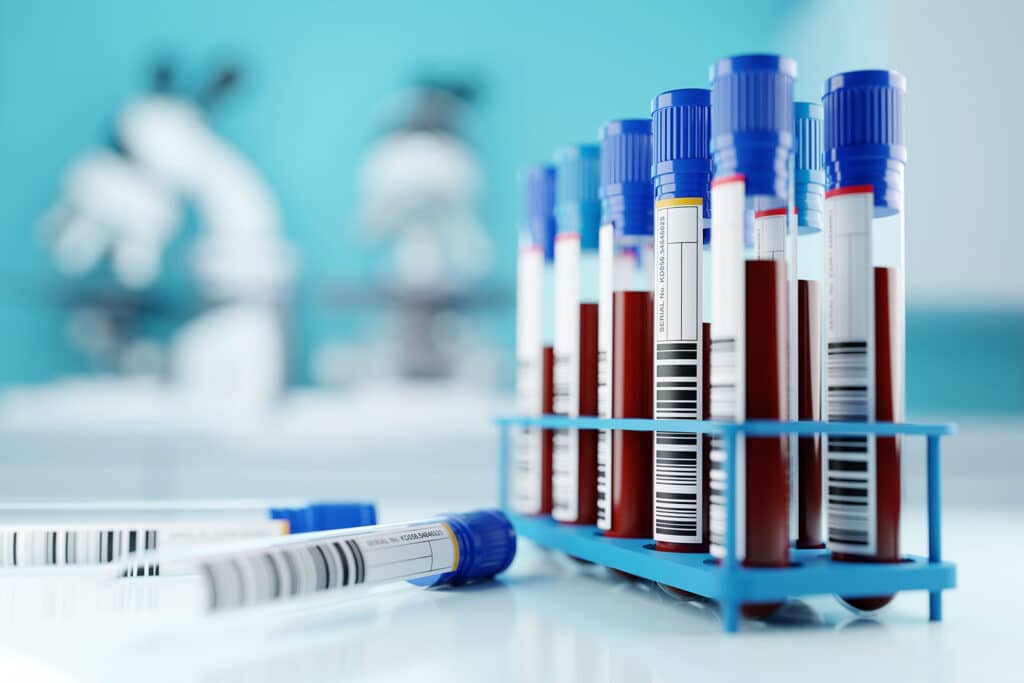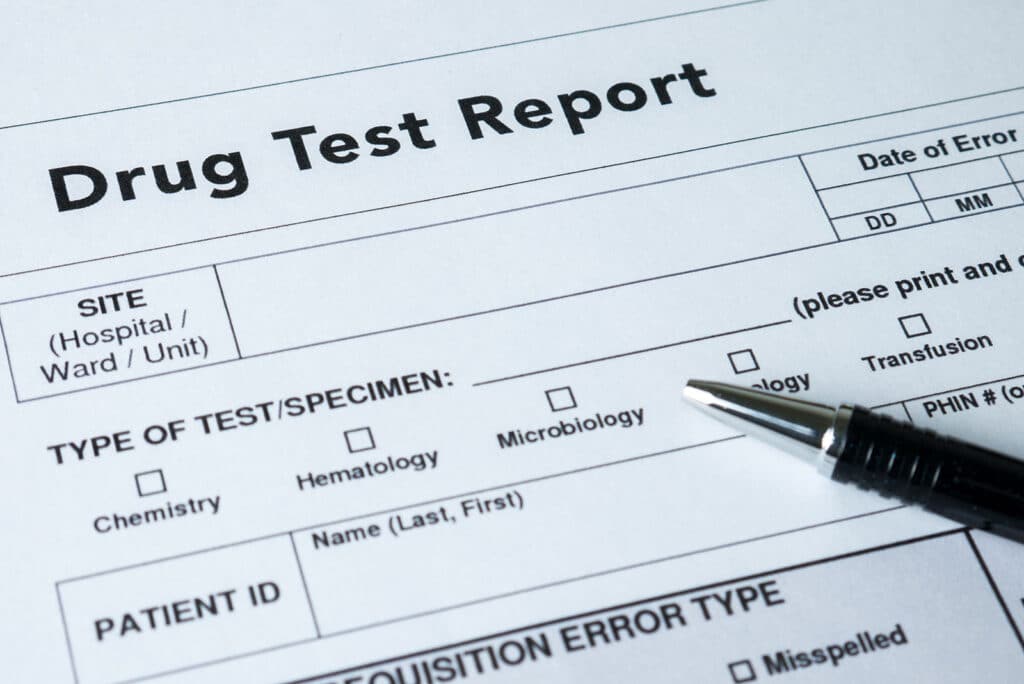Drugs of all types play a role in health and daily performance. Drugs stay in the bloodstream for various amounts of time depending on the type of drug taken.
It’s important to know drug detection times to track the length of their effect on you, especially if you’re taking a drug test.
Many factors affect drugs’ detection times, such as our body composition and the type of drug itself. Some drugs may be cleared up from the body in a matter of hours, while others can be detected for more than a month after taking a test.
This comprehensive guide to drug detection times will provide you with an in-depth analysis of the topic.
Table of Contents
Factors Affecting Drug Detection Times
The detection time refers to how long a drug or its traces can be found in a person’s body after consuming it.
Some drugs leave the body quickly, while others stay for weeks or even months. Here are some factors that influence how long drugs remain in the system and the detection times:
- A person’s metabolism: People with strong metabolism can get rid of drugs more quickly.
- Age: As people age, their bodies have a harder time processing drugs.
- Weight: Many drugs are stored in fat cells. So, the higher the fat percentage, the longer the effect.
- Gender: Differences in metabolism and body composition between men and women affect drug detection times. According to studies, women are generally more vulnerable to drugs than men.
- Health: The better a person’s health and kidney function, the faster their body processes drugs.
- Type of drug: Lipid-soluble drugs leave the body slower than water-soluble drugs.
- Dosage of the drug: The higher the dosage, the longer the effect and detection time
- Frequency of consuming the drug: The more a person consumes a drug, the longer it stays in the body.

Common Types of Drug Tests
Drug testing is a common practice done by many law enforcers and employers. It’s a necessary precaution to ensure that a person isn’t under drug influence while performing their responsibilities.
Different drug tests can determine the availability of drugs in a person’s body, which are:
- Urine test
- Blood test
- Saliva test
- Hair test
Drug Detection Times for Commonly Abused Substances
Not only do detection times vary according to the type of drug but also the type of test. Here’s a table of common drugs and their average detection times according to the test type.
| Drug | Average detection time based on test |
| Alcohol | – Urine: 24-48 hours or more with newer tests – Blood: 6 hours – Saliva: 3 days – Hair: 90 days |
| Barbiturates | – Urine: 6 weeks – Blood: 72 hours – Saliva: 3 days – Hair: 90 days |
| Cannabis | – Urine: 30 days – Blood: 3 days – Saliva: 72 hours – Hair: 90 days |
| Cocaine | – Urine: 6 days – Blood: 10 days – Saliva: 24 hours – Hair: 90 days |
| Methamphetamine | – Urine: 7 days – Blood: 3 days – Saliva: 4 days – Hair: 90 days |
Factors Influencing Drug Detection Times in Different Tests
Though drug tests can be useful, they’re not always 100% reliable.
The above table mentions the average detection times for common drugs, yet these rates can still increase or decrease based on the factors mentioned earlier.
Moreover, some external factors can affect the accuracy of each test. For instance, sometimes donors dilute the sample to mask the drug, which interferes with the results.
Though blood tests have high accuracy levels, they’re invasive and expensive to carry out. They also have short detection periods for a lot of drugs.
Hair tests lack sensitivity to some extent, and can therefore be affected by hair treatments or dyes.
Saliva tests, on the other hand, have a short detection period and can be influenced by the type of foods or drinks consumed.

How to Interpret Drug Test Results
Interpreting a drug test’s result will depend on the type of test taken and the drug’s cut-off level. The cut-off level is the minimum amount of a drug that should exist in the body to consider the test positive.
It’s important to understand how different blood tests work and the factors that affect them because occurrences of false-positive and negative results may happen.
Understanding False Positives and False Negatives
A false positive means that a drug or its metabolite was detected in the body when it’s actually not there.
A false negative, on the other hand, means that the drug or its metabolite wasn’t detected but the drug was present in the system.
Needless to say, both inaccuracies can have consequences, either for the person being tested or the person requesting the test.
Factors Causing Inaccurate Results
Some factors can lead to a false positive or a false negative. It’s crucial to know such factors to know when results might be inaccurate.
- Type of test: Test types will vary in sensitivity rates according to drug types.
- Sample quality: False-positive or negative results may occur if a sample is contaminated, diluted, or switched.
- Interfering substances: Some chemicals in food or medications may prevent the identification of drugs in a sample, leading to inaccurate results.

Strategies For Reducing Substance Use and Abuse
If you’re struggling with a substance abuse problem, remember that there are steps you can take today to get better.
Find Professional Help
The first step towards recovery is getting the help you need. A dedicated treatment center is your best bet.
You can browse top rehabilitation centers online or call a helpline.
Avoid Triggers
Triggers are often hard to resist. Therefore, you should understand the places, situations, or people that could cause you to engage in substance use.
Once you know what your triggers are, start working on avoiding them. If you find it hard to avoid triggers, you can discuss that with your therapist or a trusted person who might be able to help you.
Education
It’s necessary to educate yourself on how substance use affects your brain and body. You should also understand the inner motives that drive you to engage in this habit.
Luckily, the government raises awareness and educates citizens about the dangers of substance abuse through public events and school programs.

Conclusion
It’s essential to understand how different drugs can affect the body and for how long. It’s also important to know the factors that can lead to false positives or negatives to avoid them or re-conduct a test when necessary.
Finally, if you suffer from a substance abuse problem, you need to seek professional help. Once you take this step, you’ll see an improvement in your quality of life and have a better, addiction-free future.
FAQ
What are drug detection times?
How long do drugs stay in the system?
What factors affect drug detection times?
How long can common drugs be detected in urine tests?
How long can drugs be detected in blood tests?
How long can drugs be detected in saliva tests?
How long can drugs be detected in hair tests?

